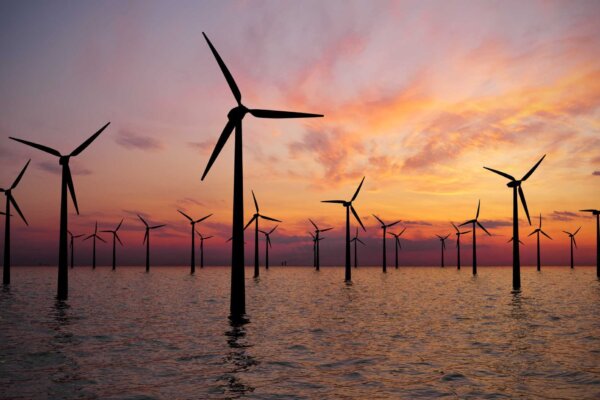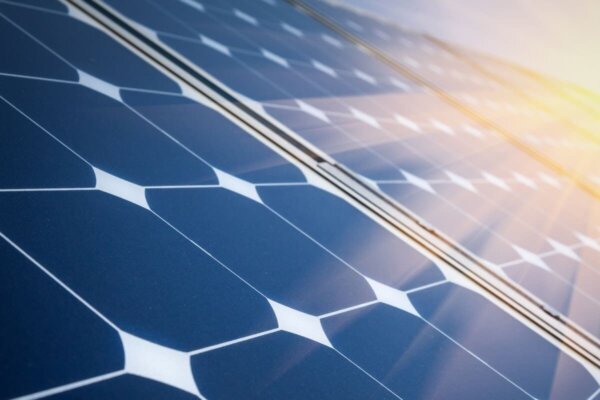Many businesses will welcome the news that business rates relief on ‘green’ technologies, including solar panels and batteries, have come into effect from April 2022. In his Spring statement, Chancellor of the Exchequer Rishi Sunak moved the implementation of this measure forward by a year (from April 2023) to help businesses to mitigate against high energy prices by installing on-site generation and energy storage.
It’s estimated that the relief on these rates will collectively save businesses more than £35 million over the next year1 and contribute to the decarbonisation of commercial buildings. So if your business was planning to install green technologies on-site, such as solar panels or heat pumps, as part of its sustainability strategy, then you may find that this may be possible sooner. You can find out more about the business rates relief on green technologies here.
By installing these technologies now, you can equip your business to play its part in supporting a net zero electricity system in the future, as a new report has found that customer flexibility will be crucial. The report, from trade body Regen on behalf of National Grid ESO, has demonstrated how a fully decarbonised electricity system can be achieved by 2035, in line with Government targets. The ‘Day in the Life 2035’ study gives an hour-by-hour analysis of how a net zero power system could function on a cold, calm and cloudy winter day.
On the day presented, there is low renewable output and high demand. The report estimates that by 2035, consumption of electricity in Great Britain could double to 450-500TWh per year2, driven largely by the additional demand created by electric vehicles and low-carbon heating systems. This will be a challenge for a system that’s based on renewables, but Regen has found that by combining carbon capture, energy storage and demand-side flexibility, the grid should be capable of maintaining the balance between supply and demand. To read the full report, click here.
Our Sales and Marketing Director, David Taylor, had this to say about the Regen report: “Everything we do at Bryt Energy is about working towards a net zero electricity future – so we were encouraged to read Regen’s latest report, because it shows that a zero carbon electricity system is within our grasp. We all have a part to play in order to turn this scenario into a reality, and with the business rates relief on green technologies set to come into force shortly, investing in low carbon technology could be a great step for many businesses.”


